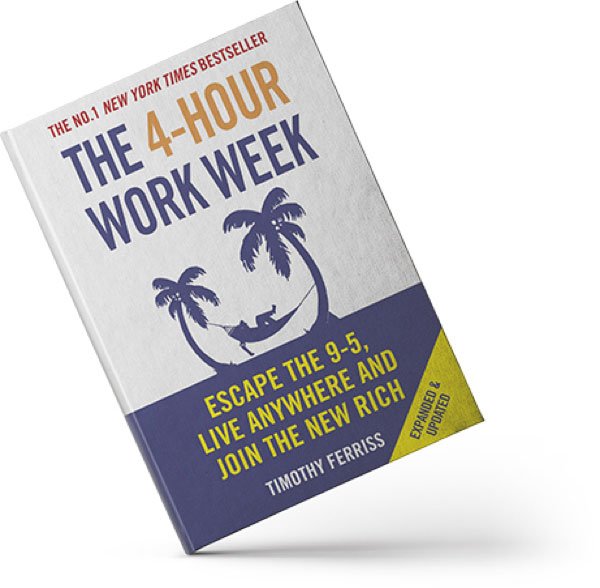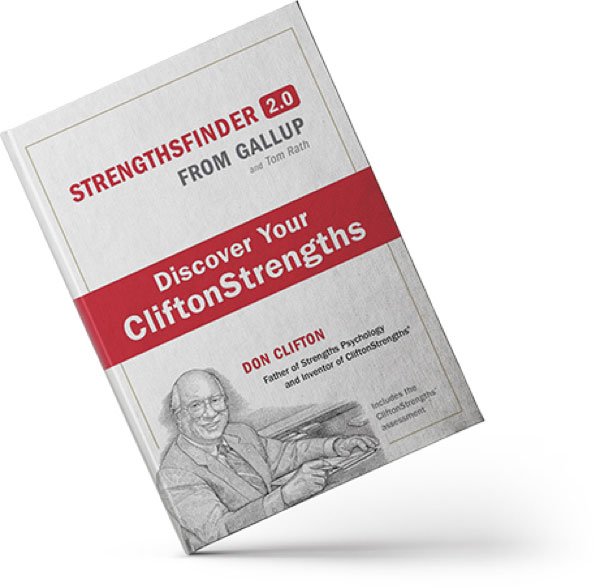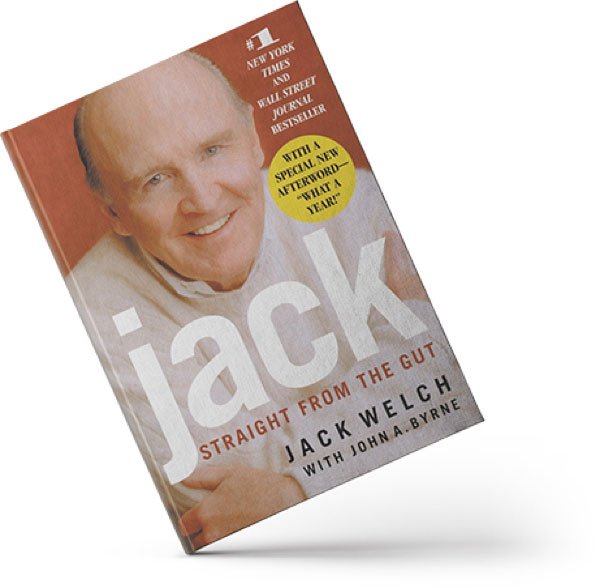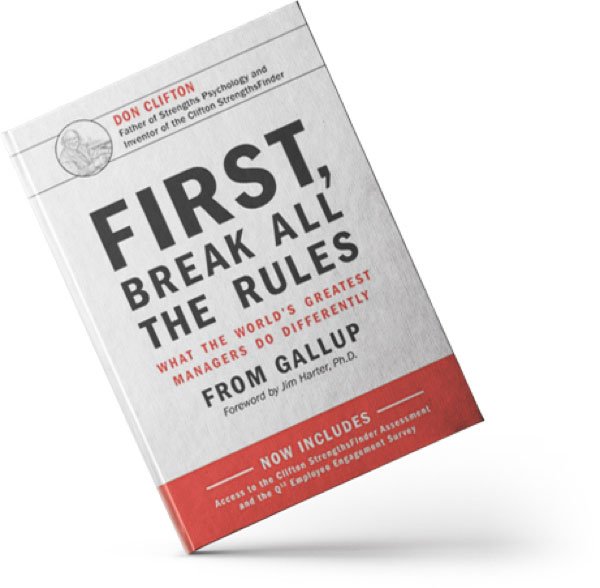The CP Deals team recently joined forces with LDC to host their much-anticipated Buy & Build Roundtable Lunch at Cleaver & Wake, one of Nottingham’s premier fine dining venues.
The event brought together a select group of business leaders, investors and M&A professionals for an afternoon of candid conversation, strategic insight and exceptional cuisine.
The focus? The opportunities and pitfalls of Buy & Build strategies – especially in today’s fast-moving, people-centric business environment.
Bold, Ongoing Growth Stories
David Bains, Partner at LDC and Head of the East Midlands, outlined Private Equity’s interest in Buy & Build strategies, and highlighted the 50 bolt-on deals completed in the last year across LDC’s portfolio which have provided expansion through geography, product and services and/ or people.
Steve de Polo, CEO of Aquavista provided a case study by sharing his stories of Aquavista’s own Buy & Build journey. LDC-backed Aquavista is the UK’s largest marina group, with bold acquisition plans to continue its investment and growth through further deals.
Abi Bown, CP’s Chief Growth Officer, also shared her learnings from 15 acquisitions and two investment partnerships over the last 2 years, putting agile, sustainable scaling front and centre as CP continues to disrupt and reinvent professional services.
The insights kickstarted conversations and had the whole group weighing in with their own Buy & Build stories, advice and questions for their peers. We’ve summarised the key themes and findings from those fast-moving chats below.
Foundations First: Building Before Buying
Before embarking on any acquisition journey, it’s essential to have a solid operational and cultural foundation in place. This includes a clearly defined vision, strong leadership and a scalable business model. Without these, acquisitions can destabilise rather than strengthen a business.
Leadership bandwidth is another key consideration, and your leaders must have the capacity to lead both your core business and the integration of new entities, without compromising either.
Structure & Scalability: The Backbone of Growth
As businesses grow through M&A, informal processes and ad hoc systems quickly become bottlenecks.
The group emphasised the need for formalised structures, including integration teams, governance frameworks and scalable systems across finance, HR and IT. These enable smoother onboarding of new businesses and reduce the risk of operational chaos.
Integration Playbooks & Planning for Success
Having a well-documented integration playbook is a hallmark of mature acquirers. It provides a repeatable framework for onboarding new businesses, aligning teams and tracking progress.
Operational rigour – through KPIs, timelines and accountability – ensures that integration doesn’t drift or stall. The playbook also evolves with each deal, incorporating lessons learned to improve future outcomes.
But Remember: No Two Deals Are the Same
Every acquisition brings its own set of challenges – different cultures, systems, leadership styles and market dynamics.
So, while an integration playbook is an exceptional tool to have at your disposal, a rigid, one-size-fits-all approach rarely works, so it’s not always gospel. Instead, successful acquirers adopt a flexible integration model, tailoring their approach based on the size, maturity and strategic purpose of each acquisition. This adaptability ensures smoother transitions and better outcomes.
Cost vs. Revenue Synergies
Cost synergies – such as shared services, procurement efficiencies or office consolidation – are typically easier to quantify and realise. Revenue synergies, like cross-selling or market expansion, are more aspirational, harder to track but when achieved can make the deal truly transformational.
The group agreed that while both are important as you Buy & Build, cost synergies often deliver the early wins that justify the deal and fund further integration.
Technology & Data: The Digital Glue
Technology integration is often underestimated but can be one of the most complex aspects of M&A. Mismatched systems, data silos and incompatible platforms can hinder collaboration and visibility.
The roundtable stressed the importance of early IT due diligence, a clear tech roadmap and ensuring data availability and integrity to support decision-making and performance tracking.
Pressure-Proof Finance Function
The finance team is often stretched thin during M&A – handling due diligence, valuation, integration planning and post-deal reporting.
A strong, strategic CFO is essential to manage this load and ensure financial discipline. And investing in finance infrastructure and talent early on can prevent bottlenecks and support sustainable growth.
Culture & Values Alignment
Cultural fit can make or break a deal. The group emphasised the need to spend time with acquired teams, understand their values and ensure alignment with the parent company’s ethos.
Tools like Net Promoter Score (NPS), employee engagement and client satisfaction surveys help monitor integration health and identify issues early, but nothing beats spending prolonged periods with your colleagues to-be.
Make Tough Calls Early
Post-deal, there’s often a temptation to delay difficult decisions – whether around leadership changes, redundancies or strategic pivots. However, the consensus at the roundtable was clear: decisiveness is critical.
Making tough calls early prevents uncertainty, builds trust and sets a clear direction for the combined business.
Strategy with Flexibility
A clear M&A strategy aligned with long-term goals is essential. But so is the ability to pivot when the right opportunity arises.
The best acquirers strike a balance between being deliberate (targeting specific capabilities, geographies or sectors) and opportunistic (ready to act when a great deal presents itself).
Post-Deal Feedback Loop
Not every deal goes to plan. That’s why a structured feedback loop is key. Post-deal reviews, integration retrospectives and lessons-learned sessions help refine the playbook and avoid repeating mistakes.
The most successful acquires treat M&A as a learning journey – constantly evolving their approach based on real-world experience.
Until Next Time
Thank you to the Cleaver & Wake team for the exceptional food – and thank you to all our guests for the non-stop food for thought. See you at the next one.






















